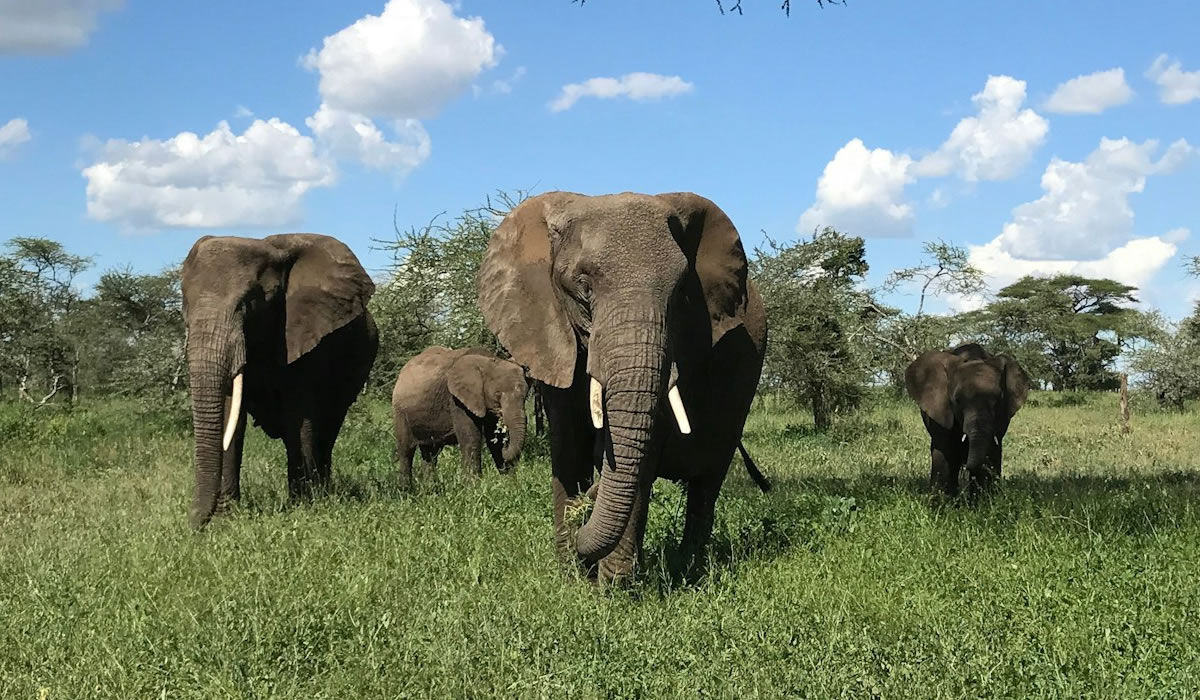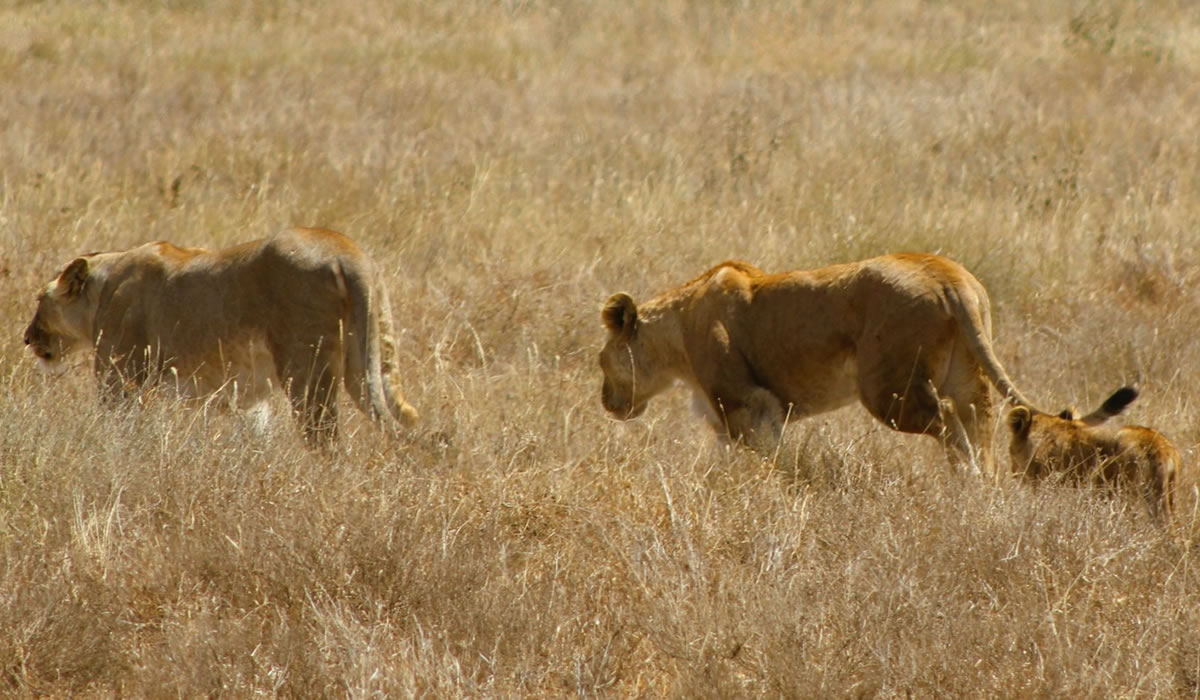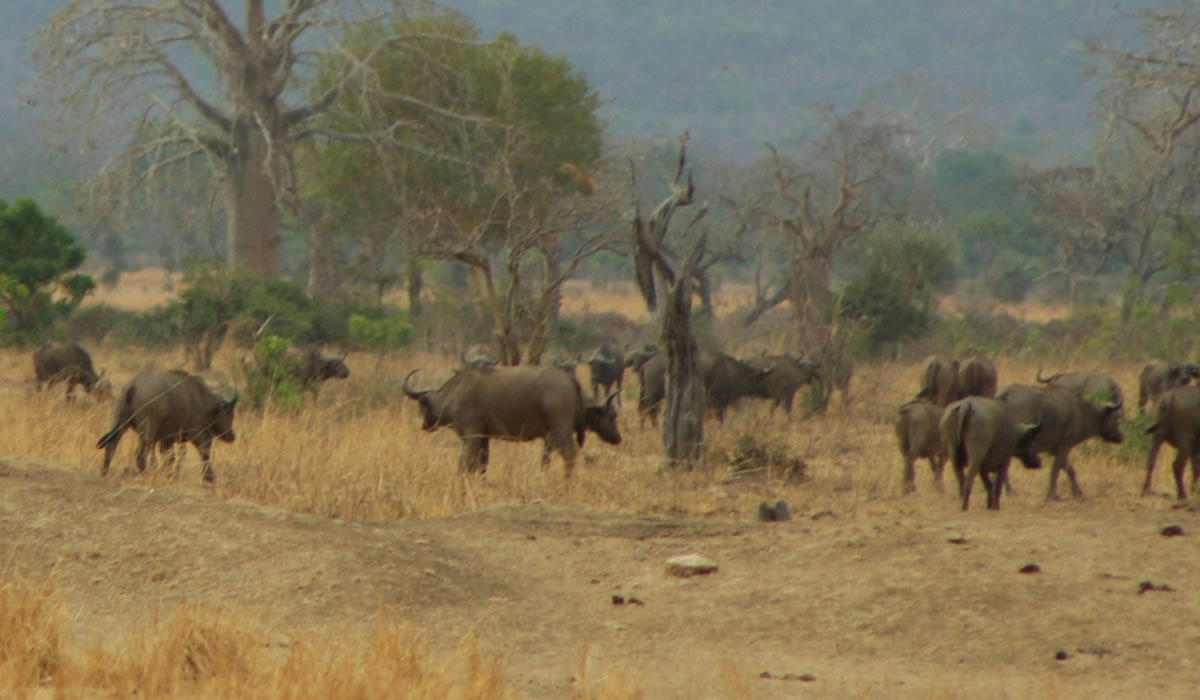Mikumi National Park, one of Tanzania’s best-kept safari secrets, is a pristine wildlife haven located in the southeastern part of the country. Nestled between the Uluguru Mountains and the Lumango range, this spectacular park is part of the larger Selous ecosystem, sharing its southern border with the world-renowned Nyerere National Park. Covering an area of over 3,230 square kilometers, Mikumi is Tanzania’s fourth-largest national park and offers a rich diversity of wildlife, stunning landscapes, and an authentic safari experience that is both accessible and less crowded compared to the northern circuit parks like Serengeti or Ngorongoro.
For travelers seeking a rewarding safari adventure within a manageable distance from Dar es Salaam, Mikumi National Park is the perfect destination. With its diverse fauna, vast plains, and vibrant birdlife, the park caters to nature enthusiasts, photographers, and anyone eager to explore Tanzania’s natural beauty.

Geography and Landscape
Mikumi National Park is situated in the Morogoro region, approximately 283 kilometers west of Dar es Salaam. The park’s landscape is strikingly similar to that of the Serengeti, particularly the floodplain area known as the Mkata Plain. This expansive grassland is a prime wildlife viewing area, where large herds of herbivores graze and predators roam. The park is bisected by the A-7 highway that connects Dar es Salaam to Zambia, making it one of the most accessible national parks in Tanzania.
The northern part of Mikumi is dominated by open savannah dotted with acacia, baobab, and tamarind trees, while the southern region transitions into the more rugged and remote wilderness that connects to the vast Nyerere National Park. The varied terrain supports diverse habitats, from grasslands and wetlands to miombo woodlands and mountain foothills, contributing to Mikumi’s remarkable biodiversity.
Wildlife of Mikumi National Park
Mikumi National Park is home to an impressive array of wildlife, making it a prime safari destination in southern Tanzania. The park supports over 400 species of animals and more than 500 species of birds, offering plenty of opportunities for wildlife viewing and birdwatching.
Mammals
Among the most iconic animals in Mikumi are African elephants, which can often be seen in large herds, as well as African lions, zebras, giraffes, wildebeests, buffaloes, and impalas. The Mkata floodplain is particularly known for its high concentration of wildlife, including a unique subspecies of giraffe that is considered a link between the Masai and reticulated giraffe.
Mikumi is also home to predators such as leopards, spotted hyenas, and jackals. Lions in Mikumi are known for their tree-climbing behavior, although this is less common than in Lake Manyara National Park. Hippos can be observed in the pools near the main gate, providing excellent photo opportunities, especially during sunset.
Rare and Elusive Species
For those interested in rare wildlife, Mikumi offers sightings of animals such as the sable antelope, eland, and greater kudu. African wild dogs occasionally roam the park, though they are more commonly found in the adjoining Nyerere National Park.
Birdlife
Bird enthusiasts will find Mikumi a paradise, especially during the rainy season when migratory birds arrive. Species commonly observed include the bateleur eagle, lilac-breasted roller, yellow-throated longclaw, marabou stork, and a variety of weavers, kingfishers, and bee-eaters. The wetlands also host water birds like herons, egrets, and African fish eagles.

Safari Activities in Mikumi National Park
Mikumi National Park offers a wide range of activities that cater to both casual tourists and seasoned adventurers. These include:
Game Drives
Game drives are the most popular way to explore Mikumi National Park. Visitors can embark on morning, afternoon, or full-day safaris led by experienced guides who are well-versed in the behavior and habitats of local wildlife. The Mkata floodplain is the ideal area for spotting large mammals, while the road toward Vuma Hills offers excellent birdwatching opportunities.
Guided Walking Safaris
For a more intimate experience with nature, guided walking safaris are available in designated areas. Accompanied by armed rangers and professional naturalists, visitors can learn about the ecosystem up close, including animal tracks, insects, and medicinal plants.
Birdwatching
Thanks to its extensive avifauna, Mikumi is a top birdwatching destination. Birdwatching safaris can be arranged, particularly during the green season when bird activity peaks and many species are in breeding plumage.
Cultural Tours
While not within the park itself, cultural tours to nearby villages and towns such as Morogoro can be arranged. These excursions offer insight into the traditional lifestyles of local communities, including music, dance, food, and handicrafts.
Accommodation in Mikumi National Park
Mikumi National Park offers a variety of accommodation options that cater to different budgets and preferences. These include:
Luxury Lodges
For travelers seeking comfort and premium services, several luxury lodges and tented camps are located within or near the park. Notable options include Vuma Hills Tented Camp and Mikumi Wildlife Camp, both offering en-suite accommodations, fine dining, and panoramic views.
Mid-Range and Budget Lodges
There are several mid-range lodges and guesthouses in and around the park that offer comfortable accommodations with essential amenities. Options like Tan-Swiss Lodge and Camp Bastian provide good value and are ideal for families or groups.
Public Campsites
For adventurous travelers, public campsites are available inside the park. These sites offer basic facilities and a more immersive experience in the wild.

Best Time to Visit Mikumi National Park
The best time to visit Mikumi National Park is during the dry season, which runs from June to October. During this period, animals congregate around water sources, and vegetation is less dense, making wildlife easier to spot. The weather is also more predictable, with cooler mornings and warm afternoons.
The wet season, from November to May, brings lush greenery and an abundance of birdlife. While some roads may become impassable due to heavy rains, this season offers fewer crowds and better opportunities for photography and birdwatching. March and April typically experience the heaviest rains.
How to Get to Mikumi National Park
By Road
Mikumi is easily accessible by road from Dar es Salaam. The drive takes about 4 to 5 hours along a well-maintained highway. This convenience makes it a popular weekend getaway for both locals and international tourists.
By Air
Charter flights are available from Dar es Salaam and other major cities like Arusha and Zanzibar. Mikumi has an airstrip that serves light aircraft, providing quick and scenic access to the park.
By Train
The Tanzania-Zambia Railway Authority (TAZARA) line passes near Mikumi, offering a unique travel option for adventurous travelers. While not the fastest route, the train ride provides a glimpse into rural Tanzania and its scenic landscapes.
Conservation and Sustainability
Mikumi National Park plays a crucial role in the conservation of Tanzania’s biodiversity. Managed by the Tanzania National Parks Authority (TANAPA), the park is involved in several conservation initiatives, including anti-poaching patrols, community outreach programs, and wildlife monitoring. The park also works closely with local communities to promote sustainable tourism that benefits both the environment and the people.
Tourists visiting Mikumi are encouraged to follow responsible travel practices, such as minimizing waste, respecting wildlife, and supporting local businesses and conservation efforts.
Why Visit Mikumi National Park?
Mikumi National Park offers an authentic safari experience that rivals its more famous counterparts. With its diverse landscapes, rich wildlife, and ease of access, it is an ideal destination for first-time visitors, families, and seasoned safari-goers alike. The park’s proximity to Dar es Salaam makes it a convenient choice for travelers with limited time, while its connection to the larger Selous ecosystem adds to its ecological importance.
Mikumi also stands out for its peaceful ambiance and fewer crowds, allowing for a more relaxed and personal experience with nature. Whether you’re seeking thrilling wildlife encounters, birdwatching adventures, or a serene escape into the African wilderness, Mikumi National Park delivers an unforgettable journey.
Mikumi National Park is a hidden gem among Tanzania’s safari destinations. Its accessibility, diversity of wildlife, and tranquil environment make it a must-visit for anyone interested in exploring the natural wonders of East Africa. As more travelers discover its beauty, Mikumi continues to rise as a prominent and sustainable destination for wildlife tourism.
For those planning a Tanzanian safari, including Mikumi National Park in your itinerary offers a unique and enriching experience that perfectly complements visits to the Serengeti, Ngorongoro Crater, or Zanzibar. With its compelling mix of adventure, relaxation, and conservation, Mikumi is a national park worth exploring.

